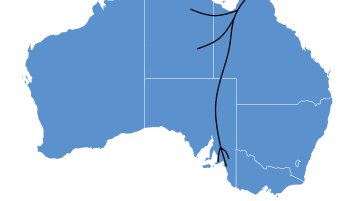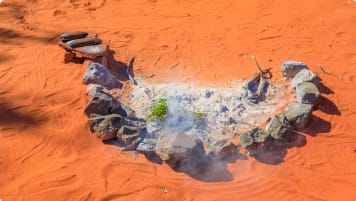The Burke and Wills Expedition, 1860-61
Learn on a small group tour of central Australia for active mature or senior travellers from Broken hill about Burke and Wills ambitious expedition. Suitable for mature aged couples or solo travellers.
15 May 20 · 7 mins read

The Burke and Wills Expedition, 1860-61
The leaders of the Victorian Exploring Expedition, Robert O’Hara Burke and William John Wills are forever etched together in the Australian imagination, representing Australia’s most ambitious and most tragic journey of the 19th century age of exploration.
Financing the expedition:
In the 1860s, Victoria was by far Australia’s richest colony. Great wealth had accrued thanks to the Gold Rush of the 1850s. ‘Marvellous Melbourne’ had rapidly become the biggest city in Australia, and second-biggest in the British Empire. Churches, learned societies, libraries, art galleries and educational institutions – including the University of Melbourne – had rapidly emerged. Educated settlers wanted to understand the geography and biology of the new continent, and the government wanted the prestige of a successful exploration mission. The Victorian Exploring Expedition would epitomise the power, prestige and scientific progress of the new colony.
The aim was to be the first colonial expedition to cross the Australian continent from north to south. Though explorers had charted some of the territory of inland Australia, huge swathes of the continent remained unknown to European settlers. Moreover, the invention of the telegraph gave new impetus to the crossing of the continent, as colonial authorities wanted to see Australia more closely linked with the rest of the world.

Robert O’Hara Burke was chosen as the leader of the expedition. Born in Galway, Ireland, he had served as a soldier in the Austrian Army, before emigrating to Melbourne, where he worked as a policeman. He had little exploring experience, but was ambitious and charismatic, eager to lead a life of adventure.
William John Wills was selected as the expedition’s third-in-command, but was promoted after an altercation involving the second-in-command. Born in Devon, England, he had migrated with his family to the new colony, working as an assistant to his father, a physician, before studying as a surveyor and astronomer. Cautious and scholarly, he had more experience with geography and navigation than Burke.
The expedition would be the most expensive and lavishly equipped in Australian history. A group of 19 men – from England, Ireland, Germany, the United States, Afghanistan and India – they carried 23 horses, six wagons of supplies (mostly dried meat and three years worth of firewood), and 26 camels. Though camels had frequently been used in exploration in the arid Middle East and North Africa, this was the first time they had been used by an expedition in Australia.
The expedition:
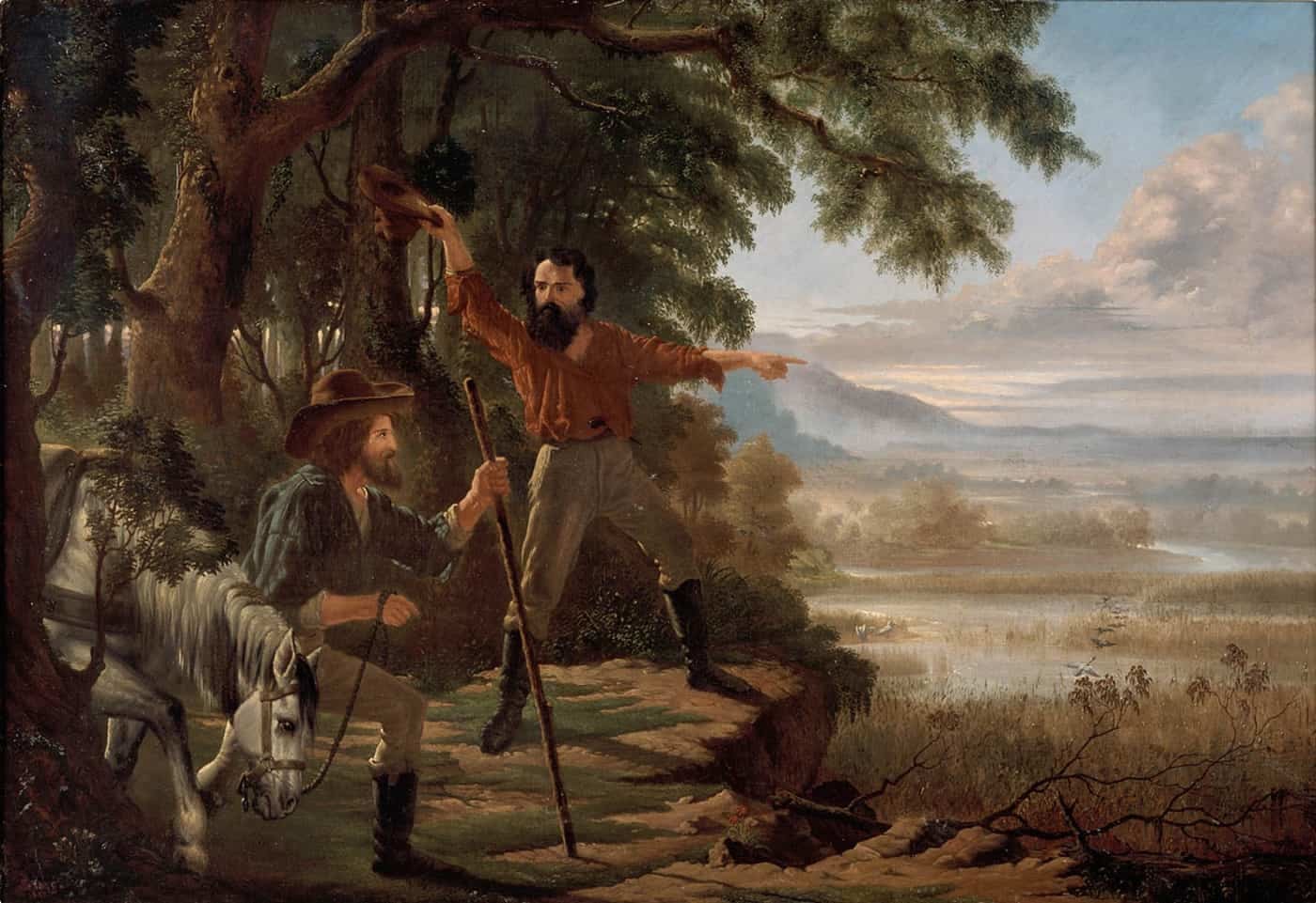
The party left with fanfare. They departed from Royal Park in Melbourne on 20 August 1860, following a grand public celebration attended by over 15, 000 people.
However, the group would soon encounter difficulties. As the party moved north, Burke began to feel that the wagons and supplies were a burden. The Scottish explorer John McDouall Stuart had been financed by the South Australian government to cross the Australian continent and Burke feared that Stuart would beat them to it. Burke split the group, taking seven of the fittest men, and a small amount of equipment, and headed for Cooper Creek (close to current-day Birdsville, Queensland), with the stated intention of reuniting with the rest of the party there.
Cooper Creek was then the outer limit of the land that had been explored by Europeans. They arrived on 11 November, and made a camp, but Burke grew impatient with waiting for the other men to catch up. On 16 December, he decided to make a dash for the Gulf of Carpentaria, splitting the group up yet again. William Brahe was left in charge of the depot, while Burke, Wills, Charles Grey and John King headed north. Burke instructed Brahe to wait for three months before leaving – but the more cautious Wills had studied the maps, and secretly ordered him to wait for four months.
Their journey north was easy, apart from the Queensland heat, and on 9 February 1861 they reached salty marshes and a shifting tide. They could see but not reach the Gulf of Carpentaria, and decided to turn back.
The return journey would prove fatal. Grey and Burke both came down with dysentry, but Burke was convinced that Grey was faking it, and gave him a beating. Ill and injured from the beating, Grey died on 8 April. The others, exhausted, reached Cooper Creek on 21 April, only to find that the camp had been abandoned only hours earlier.

Wills and King wanted to follow their traces back to Melbourne, but Burke overruled them and aimed to reach the closest outpost of pastoral settlement: Mount Hopeless, South Australia – 240 kilometres across the Strzelecki Desert. A few days later Brahe met with William Wright, who had been left in charge after the first split, and the two men went to Coopers Creek to see whether Burke and Wills had been through. As they had not left markings on the tree, they assumed that Burke had not yet returned, and headed back to Melbourne.
In reality, Burke and Wills had not been able to leave Coopers Creek, and had instead headed along the creek bed. They would die soon after, within a few hundred metres of each other, while King, also near death, was cared for by members of the Yandruwandha people.
Rescue missions:
When news of Burke and Wills disappearance reached Melbourne, four rescue missions were dispatched to look for them – which ironically, had the effect of opening up more of Australia’s interior for settlement. One led by William Landsborough, worked from the Gulf of Carpentaria to Melbourne; John McKinlay and his party left from Adelaide through Queensland, discovering the flood plains of the Diamantina River; and Frederick Walker left from Rockhampton, opening up significant tracts of grazing land.
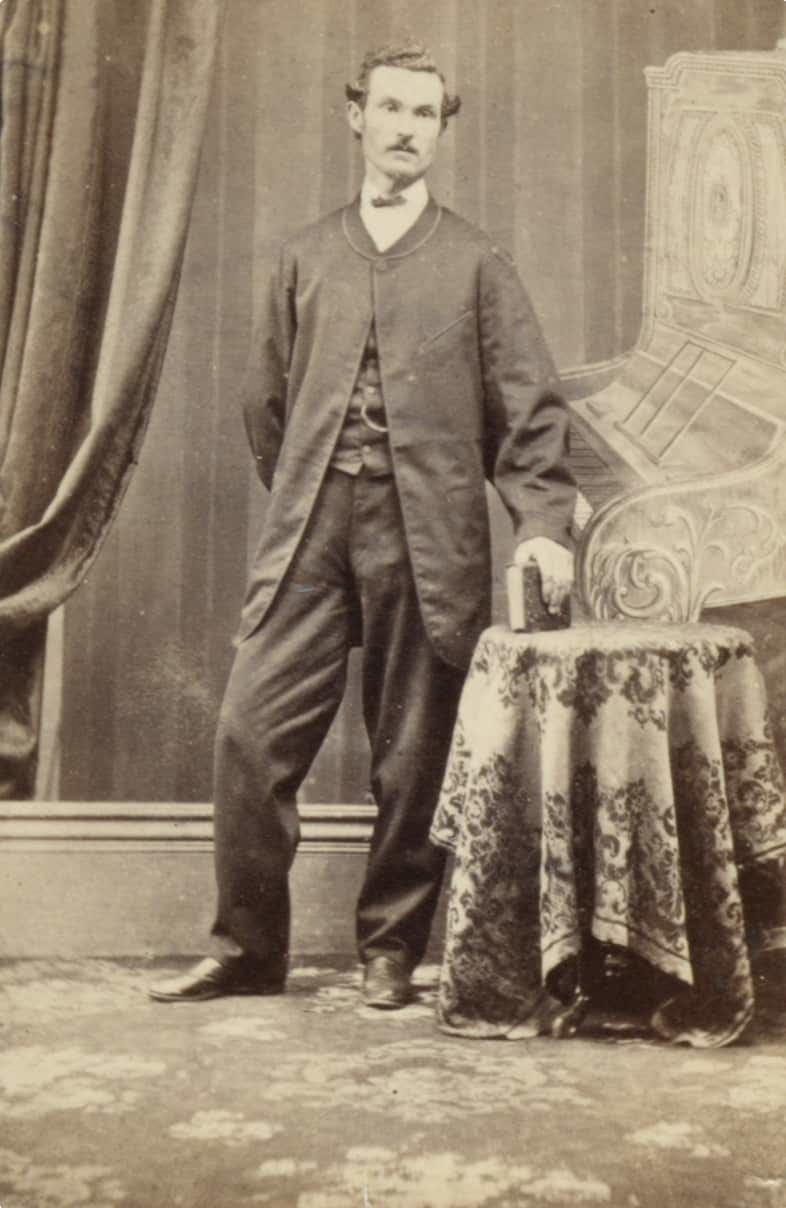
The most successful expedition however, was led by Alfred Howitt. Howitt discovered and buried the bodies of Burke and Wills, and found King, bringing him back to Melbourne. Burke and Wills’s remains would lay in state at the Royal Society of Victoria, viewed by over 100, 000 people. Some estimates claim that over three-quarters of Melbourne’s population watched the funeral procession, in January 1863.
Meanwhile, John McDouall Stuart reached Adelaide, returning from having successfully reached the north coast – making him the first European to successfully cross the Australian continent.
The story of Burke and Wills continues to fascinate us today. The historian and journalist Peter FitzSimons recently published a gripping account, Burke and Wills: The Triumph and Tragedy of Australia’s Most Famous Explorers, which is an ideal place to read an in-depth account of the fascinating story of this doomed expedition.
The internet also has a number of resources on Burke and Wills, including a fascinating collection of primary historical sources at the Burke and Wills Web Digital Research Archive; while moving material objects from the expedition can be seen online at the National Museum Australia.
Though Burke and Wills’s story has largely been regarded as a romantic failure, it has been recently reassessed, with historians noting the impressive contribution that the explorers made to the field of Australian botany.
Odyssey Traveller delves into the tragic history of the Burke and Wills Expedition on our tour of Broken Hill and the Outback. Crossing three states and passing through some of the most arid and remote territory in Australia, our tour aims to delve into the history and culture of the outback. We begin in Broken Hill, New South Wales, commonly known as the ‘Silver City’, where we explore the history of silver mining at the moving Lode Miners Memorial and Broken Hill Courthouse, and view the work of the ‘Brushmen of the Bush’ at the Broken Hill Regional Art Gallery.
Leaving Broken Hill, we head for Birdsville near the Queensland/Northern Territory border, stopping in the opal mining town of White Cliff and the Menindee Lake National Park. From Birdsville we head through desert sand dunes on the Birdsville Trail to Marree in South Australia, possibly the greatest Australian outback adventure. We then visit the Arkaloola Wilderness Sanctuary, a flora and fauna sanctuary on the Northern Edge of the Flinders Range. From the Flinders our outback tour heads back to its conclusion at Broken Hill, passing through the ‘corner country’, which might be the most remote area in Australia.
Odyssey Traveller’s tours are designed for mature Australians who would like an in-depth and authentic outback experience.
We are now offering a number of outback Australia tours, including:
- An odyssey through the outback roads of the Kimberley, taking you on a scenic flight over the rock formations of Purnululu National Park and to the ancient landscape of the Mitchell Plateau, where the red dirt meets the west coast.
- An outback adventure through rural Queensland, learning about the history of the cattle station in the outback town of Longreach, and Aboriginal culture at the UNESCO World Heritage Listed Brewarrina Fish Traps.
- A tour of the Flinders Ranges, South Australia, taking in ancient Aboriginal art and quintessential arid Australian landscape in one of the most accessible areas of the golden outback.
In addition to our Australian outback tours, we offer a number of other tours of Australia, including a city tour of Adelaide and surrounds (including the Barossa Valley and Kangaroo Island), the Wildlife of Tasmania, and West Australian Wildflowers.
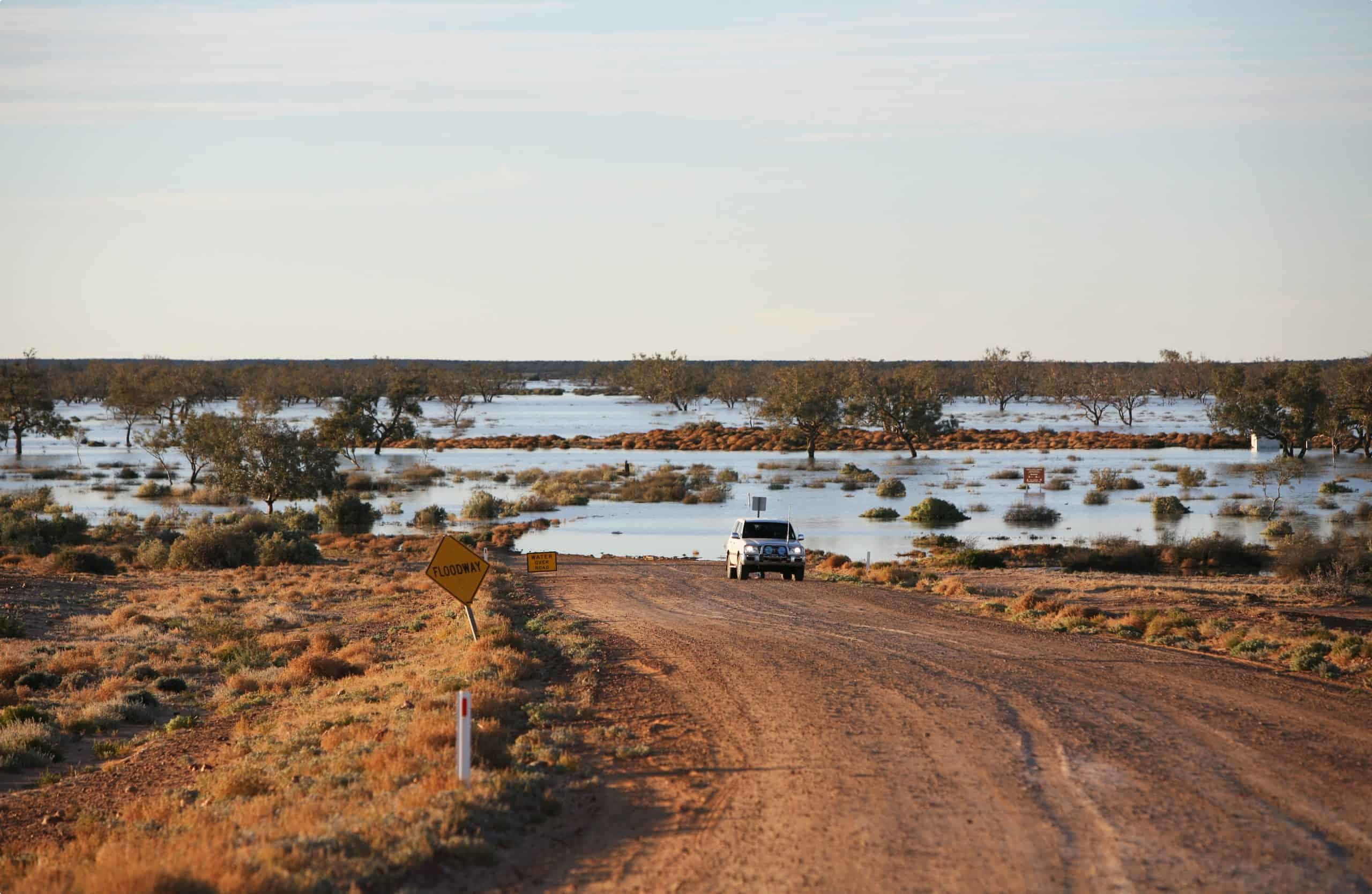
Articles about Australia published by Odyssey Traveller:
- The Kimberley: A Definitive Guide
- Uncovering the Ancient History of Aboriginal Australia
- Aboriginal Land Use in the Mallee
- Understanding Aboriginal Aquaculture
- Mallee and Mulga: Two Iconic and Typically Inland Australian Plant Communities (By Dr. Sandy Scott).
- The Australian Outback: A Definitive Guide
For all the articles Odyssey Traveller has published for mature aged and senior travellers, click through on this link.
External articles to assist you on your visit to ‘Broken Hill and Back’
Related Tours
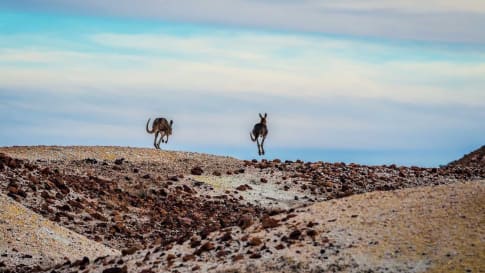
13 days
Mar, OctSmall group tour; Broken Hill and back
Visiting New South Wales, Queensland
Small group tour of New South Wales, Queensland & South Australia deserts, from Broken Hill. Learn about the history of the people who explored the deserts, from indigenous communities to Europeans, as well as Burke and Wills, visit White Cliffs, Birdsville, Maree.
From A$11,550 AUD
View Tour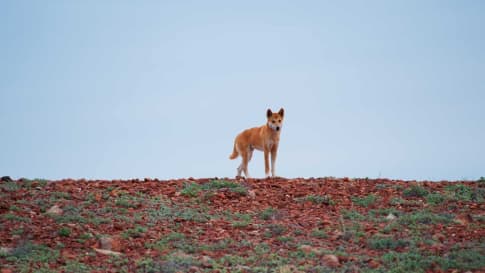
days
Apr, May, Jul, Aug, Oct +2Small group tour of Australia's Flinders ranges
Visiting South Australia
Escorted small group tour of the Flinders range in South Australia from Adelaide. Learn about Coober Pedy, Wilpena pound and water system of Lake Eyre as we explore and learn also about the history of the people who explored the Flinders.
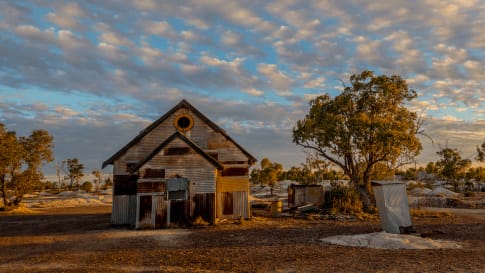
days
Mar, Apr, May, Jul, Aug +2Small group tour of outback Queensland
Visiting New South Wales, Queensland
To Dubbo and back, this small group tour takes you to learn about the Brewarrina fish traps, we travel high up into North Queensland to see the Dinosaurs of Winton and incredible Aboriginal rock art at Cathedral gorge and learn about opal mining and the history of Lightning ridge.
Articles

Aboriginal Sites of Importance in Outback Queensland, Australia
Outback Queensland is hiding a number of unforgettable indigenous experiences on this small group tour for senior travellers. Especially at the Brewarrina Fish Traps, and Carnarvon Gorge, for example where you can experience and learn about dreamtime creation stories, age-old cultural practices and traditions, and Aboriginal art.
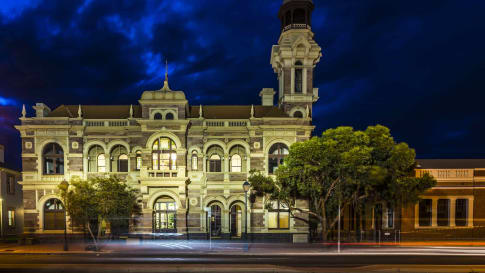
Broken Hill, New South Wales
Broken Hill, is the start and finish of a 4k km exploration of the Deserts of the outback, the history, the aboriginal communities who manage them today. Broken hill small group tour for seniors is an iconic place to commence for active couples or solo travellers seeking to learn and explore.

Expeditions of John McDouall Stuart in the Flinders.
John Stuart was an explorer who mapped the Flinders ranges as well as a path through the centre of Australia. The principal road from Port Augusta to Darwin is the Stuart Highway. The Small group tour of the Flinders ranges spends time learning about Stuart.


